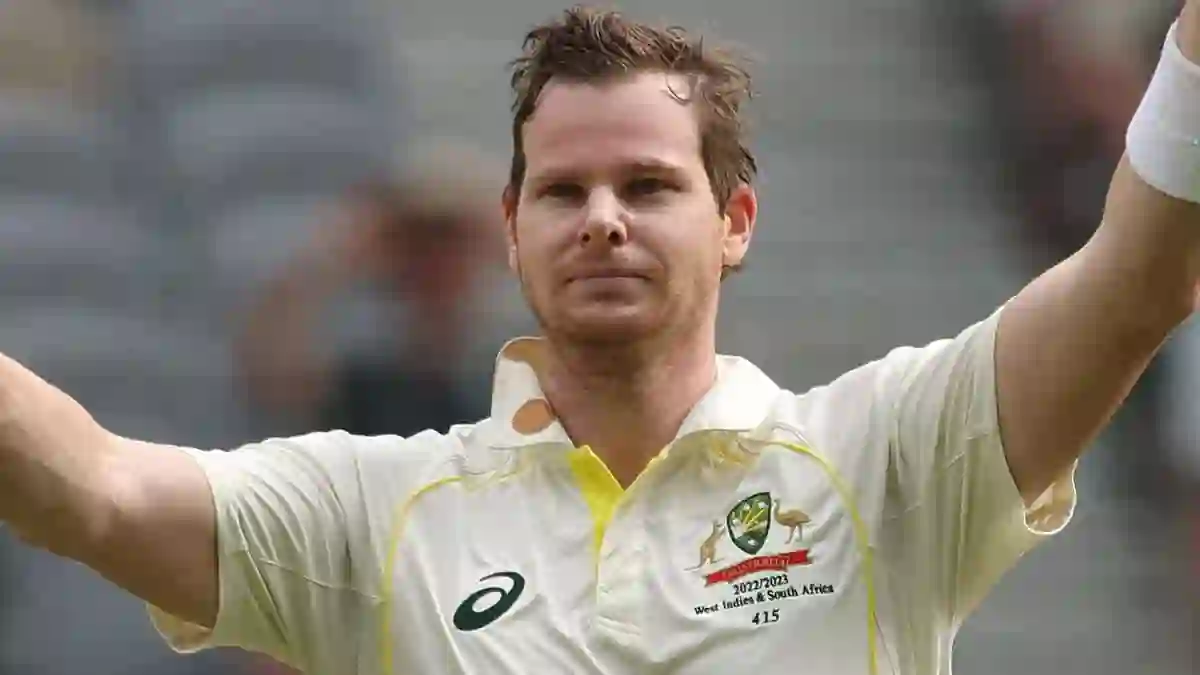The crack of leather on willow, the cheers from the stands, and the long, sunny days—cricket has always been a summer staple.
But as global temperatures keep rising, those same sunny days might soon become too dangerous for the sport to continue, experts now warn.
A new report is sounding alarm bells not just about cricket’s future, but the wellbeing of everyone involved—from kids in the nets to international pros under stadium lights.
Warning Signs Are Already on the Scoreboard
The newly released Hit for Six: The Danger Zone report has laid it out plainly: cricket is under serious threat from the climate crisis.
Commissioned by multiple organisations—including FrontRunners, The British Association for Sustainability in Sport, Climate Central, and The Next Test—the report says extreme heat is turning matches into health risks.
And it’s not just about being uncomfortably hot.
The report warns that when temperatures rise above 37°C (98.6°F), it’s actually unsafe to play sport outdoors.
Yet in 2024 alone, Pakistan hosted games on 83 dangerously hot days, India on 52, and Australia on 46.
Elite Tournaments Already Feeling the Heat
If you thought this was a problem just for grassroots cricket, think again.
Even the star-studded Indian Premier League (IPL), featuring big Aussie names like Pat Cummins and Josh Hazlewood, isn’t spared.
More than half of the 65 IPL matches this year were played in either Extreme Caution or Danger heat conditions, according to the Heat Index, which factors in both temperature and humidity.
Dr Mike Tipton, a physiology professor at the University of Portsmouth, explained it bluntly: “This is no longer just uncomfortable—it’s dangerous.
Players are being pushed to physiological limits that threaten their safety.”
Heat Exhaustion Isn’t Just a Hypothetical
These aren’t just theoretical risks. Players in recent years have suffered from nausea, breathlessness, cramps, and outright exhaustion on the field. And it’s not just the professionals.
From coaches and umpires to kids and spectators, everyone involved in the sport is being affected.
Australian cricketer Ashton Turner has seen it firsthand.
“I’ve experienced the stifling air pollution in Delhi and our brutal Aussie summers,” he told the ABC.
“The heat’s not just hurting performance—it’s endangering lives.”
He added, “If elite athletes are collapsing from heat exhaustion, how are 10-year-old boys and girls meant to survive their weekend games?”
Tragic Consequences Highlight the Urgency
The concerns aren’t just about potential risks—they’re becoming tragic realities.
Earlier this year, a cricketer in his 40s, Junaid Zafar Khan, collapsed and died during a match in Adelaide.
The game went ahead despite the temperature reaching a staggering 41.7°C.
His death is now a sobering symbol of the changes cricket must make—and fast.
Air Pollution Adds to the Problem
And it’s not just the heat. The air quality in some cricketing nations is compounding the risk.
According to The Next Test, none of the 75 IPL matches this season were played in what would be considered “good” air quality conditions.
That means players are not just battling heat, but also breathing in polluted air while trying to perform at their best.
What Can Be Done to Save the Game?
The report isn’t just a warning—it also calls for action.
One recommendation is for national cricket federations to follow Cricket Australia’s lead by adopting stricter heat policies to protect players and officials.
Former Test player Simon Katich also voiced his fears: “I’m very concerned about the game’s future, especially for younger generations.
Extreme weather is only getting worse, and cricket has to adapt before it’s too late.”
A Ticking Clock for Cricket’s Survival
With the climate crisis accelerating, cricket faces a choice—adapt or risk fading into obscurity.
What was once a game built for sunshine might soon struggle to survive it.
For the love of the sport, from backyard matches to packed stadiums, the time for action is now.
